April 24, 2017
Commercial property lenders should drive sustainability through financial innovation 0
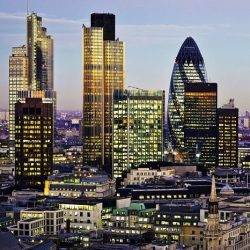 The commercial real estate finance sector is witnessing a dramatic shift in attitudes towards the issue of sustainability, according to a new report from the Better Buildings Partnership. It claims that major commercial property lenders are already exploring new opportunities that go well beyond traditional risk management through sustainability initiatives that ‘drive new business, strengthen customer relationships and improve the data they hold on the buildings in which they have underwritten’. The report, Beyond Risk Management: How sustainability is driving innovation in commercial real estate finance, is sponsored by CREFC Europe, GeoPhy, ING Bank and Lloyds Bank Commercial Banking, and claims to reveal pioneering examples of how lenders are incorporating sustainability into their core business activities.
The commercial real estate finance sector is witnessing a dramatic shift in attitudes towards the issue of sustainability, according to a new report from the Better Buildings Partnership. It claims that major commercial property lenders are already exploring new opportunities that go well beyond traditional risk management through sustainability initiatives that ‘drive new business, strengthen customer relationships and improve the data they hold on the buildings in which they have underwritten’. The report, Beyond Risk Management: How sustainability is driving innovation in commercial real estate finance, is sponsored by CREFC Europe, GeoPhy, ING Bank and Lloyds Bank Commercial Banking, and claims to reveal pioneering examples of how lenders are incorporating sustainability into their core business activities.





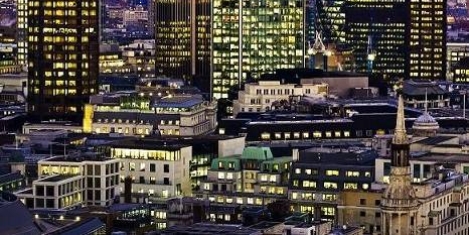


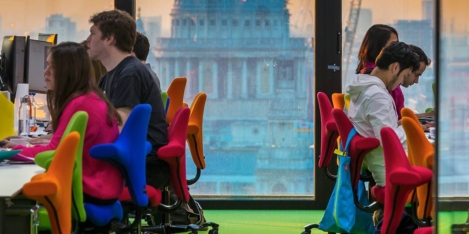
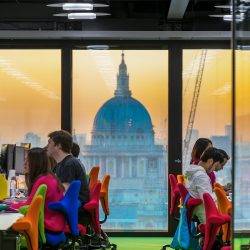
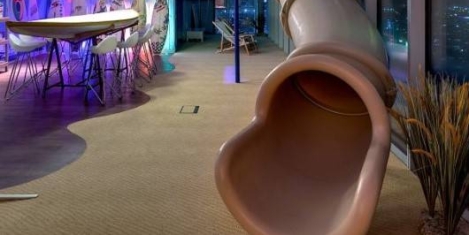
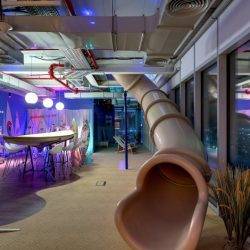 The majority (79 percent) of workers say reliable and modern technology is more important to them than office aesthetics, while accessories such as ping pong tables, slides, hammocks and wacky office designs may look good in pictures, but they don’t necessarily make employees any happier or productive. The is according to a survey, conducted by storage firm Kiwi Movers, which found that 86 percent of UK adults who work in an office said fun features were of no specific value to their working life, 11 percent said they were nice-to-have and of some value and 3 percent said they were very valuable. The most popular office perks are those offer an immediate tangible benefit to the employee, but even so, as many as 23 percent don’t take advantage every day; while 71 percent overall said they’d like more space in their office and of those, 58 percent believe that could be achieved by removing non-essential items. The research also found that younger workers were more likely on average to take advantage of ‘environmental’ perks like chill out areas and recreational equipment.
The majority (79 percent) of workers say reliable and modern technology is more important to them than office aesthetics, while accessories such as ping pong tables, slides, hammocks and wacky office designs may look good in pictures, but they don’t necessarily make employees any happier or productive. The is according to a survey, conducted by storage firm Kiwi Movers, which found that 86 percent of UK adults who work in an office said fun features were of no specific value to their working life, 11 percent said they were nice-to-have and of some value and 3 percent said they were very valuable. The most popular office perks are those offer an immediate tangible benefit to the employee, but even so, as many as 23 percent don’t take advantage every day; while 71 percent overall said they’d like more space in their office and of those, 58 percent believe that could be achieved by removing non-essential items. The research also found that younger workers were more likely on average to take advantage of ‘environmental’ perks like chill out areas and recreational equipment.












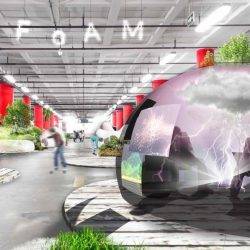









November 25, 2016
Reducing paper-weight is the key to maintaining a healthy business in the digital age 0
by Chas Moloney • Comment, Technology
(more…)